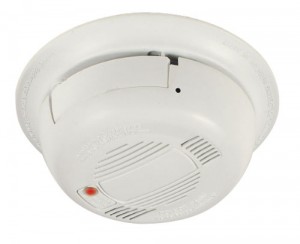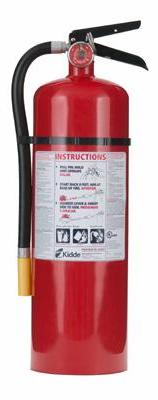Preventing Fires in Your Home
As Fire Prevention Week comes to a close this Saturday we wanted to Preventing fire in your home is important for any family, but there are special precautions that need to be taken when you have a medically-fragile child in the home. Below we have outlined the key points to watch for an check on a regular basis to ensure that in the event of a fire emergency, you and your family are all ready to act and get out safely.
Power Cords
 Check power cords on your child’s medical equipment each month.
Check power cords on your child’s medical equipment each month.
Do NOT use a power cord if:
- It is cracked or frayed.
- You can see metal wire inside power cord.
- Prongs on plug are loose.
Clear Exits
Ensure there is always a clear path out of the home. This is especially important for children in wheelchairs. Keep anything clear that would prevent the wheelchair getting out of an exit.
Smoke Alarm
 Buy only smoke alarms that have a UL symbol.
Buy only smoke alarms that have a UL symbol.
Install a smoke alarm on every level of your home and in each bedroom. Read alarm manual to know where to place an alarm so it quickly senses the smoke.
Test and Maintain alarm according to its source of power.
Alarm on Home Electrical System
- Test alarm every month by pressing test button. Unplug alarm before testing. Alarm should briefly sound.*
- Replace back-up battery at least once a year.
- Replace entire alarm every 8-10 years.
Alarm with Lithium (“long-life”) battery
- Test alarm every month by pressing test button. Alarm should briefly sound.*
- Do NOT replace lithium battery.
- Read alarm manual to know when to replace entire alarm.
Alarm with 9-volt Battery
- Test alarm every month by pressing test button. Alarm should briefly sound.*
- Replace battery at least once a year.
- Replace entire alarm every 8-10 years.
* If alarm does not sound when you test it, clean alarm, replace battery or replace entire alarm depending on source of power.
Prepare a family plan so everyone knows what to do if the smoke alarm goes off. Check regularly that everyone remembers:
- How to get out quickly from each room in the house.
Identify more than 1 exit from a room whenever possible. - Where to meet outside after escaping the house.
Fire Extinguisher
Place at least 1 fire extinguisher on each floor of your home and in your garage.
Choose a fire extinguisher to match the types of fires that could happen in separate parts of your home. Look for Class (A,B,C or K) on label to know if you can use extinguisher on cloth, gasoline, electric or cooking oil fires.
Keep extinguisher in plain sight and no more than 5 feet above the floor. Store extinguisher out of reach of young children.
- Do NOT block extinguisher with coats or shoes, curtains or furniture, equipment or any other items.
- Always keep an extinguisher in the places fires most often start: the kitchen and the garage.
Know how extinguisher works before you need to use it.
If there is a fire:
- Pull out pin at top of extinguisher.
- Aim at base of fire, not at flames.
- Squeeze lever slowly.
- Sweep from side to side.
Check extinguisher each month for the following:
- Needle on dial is in green zone (extinguisher is fully charged). If needle is not in green zone, contact fire department about where to bring extinguisher for recharging. Do not delay recharging.
- Pin at top of extinguisher is in place. If it is not, read extinguisher manual for how to purchase a replacement pin.
- There are no dents, leaks, rust or other signs of damage. Replace extinguisher immediately if there are signs of damage.


